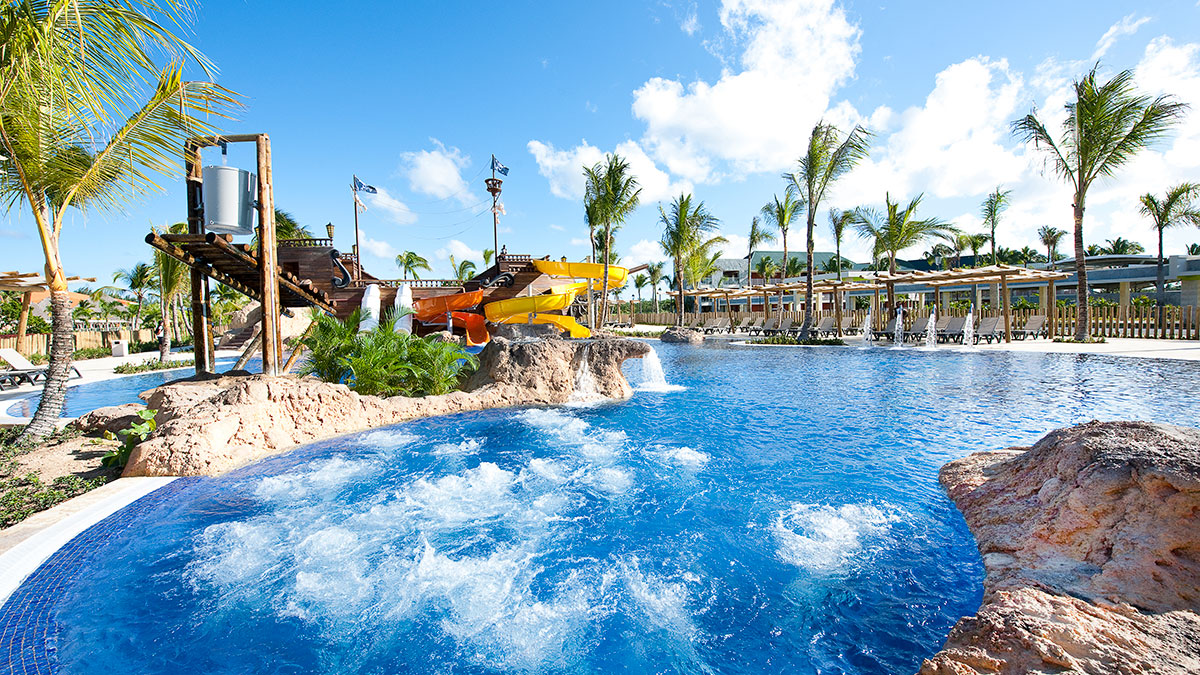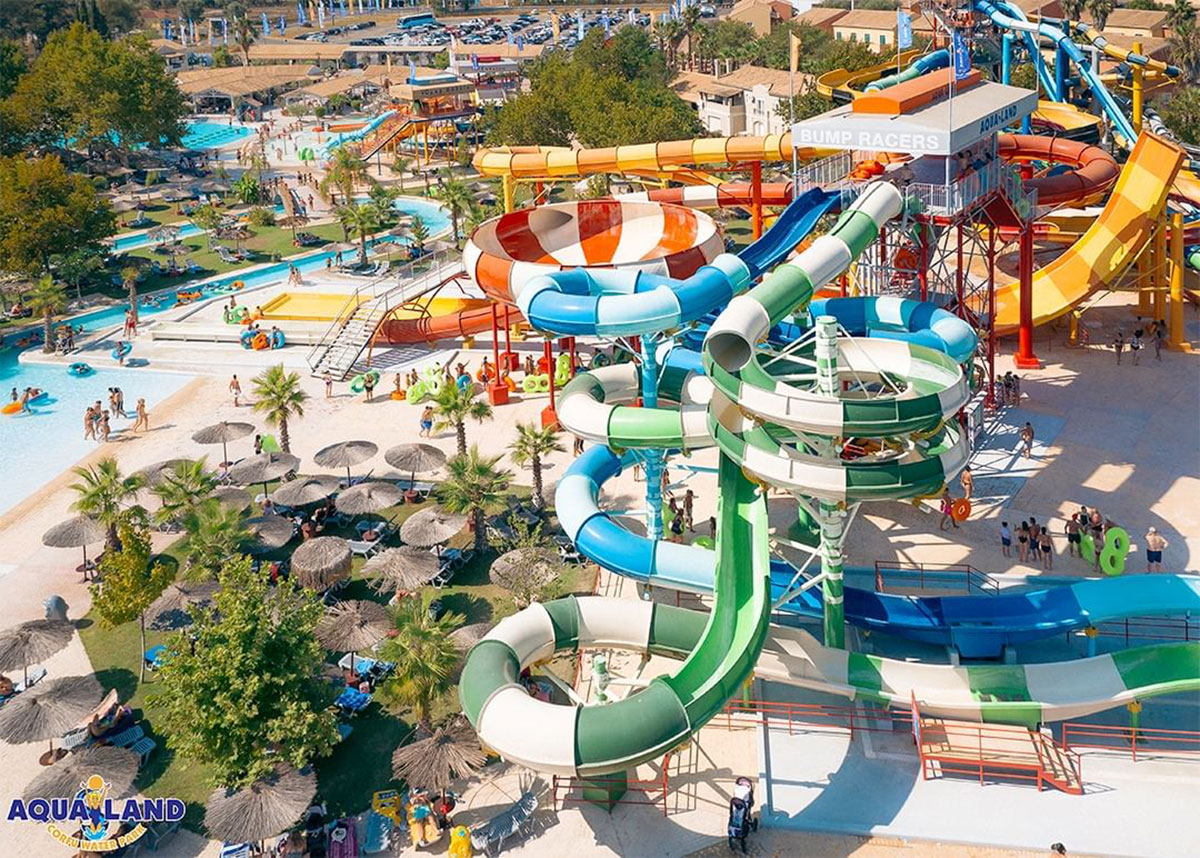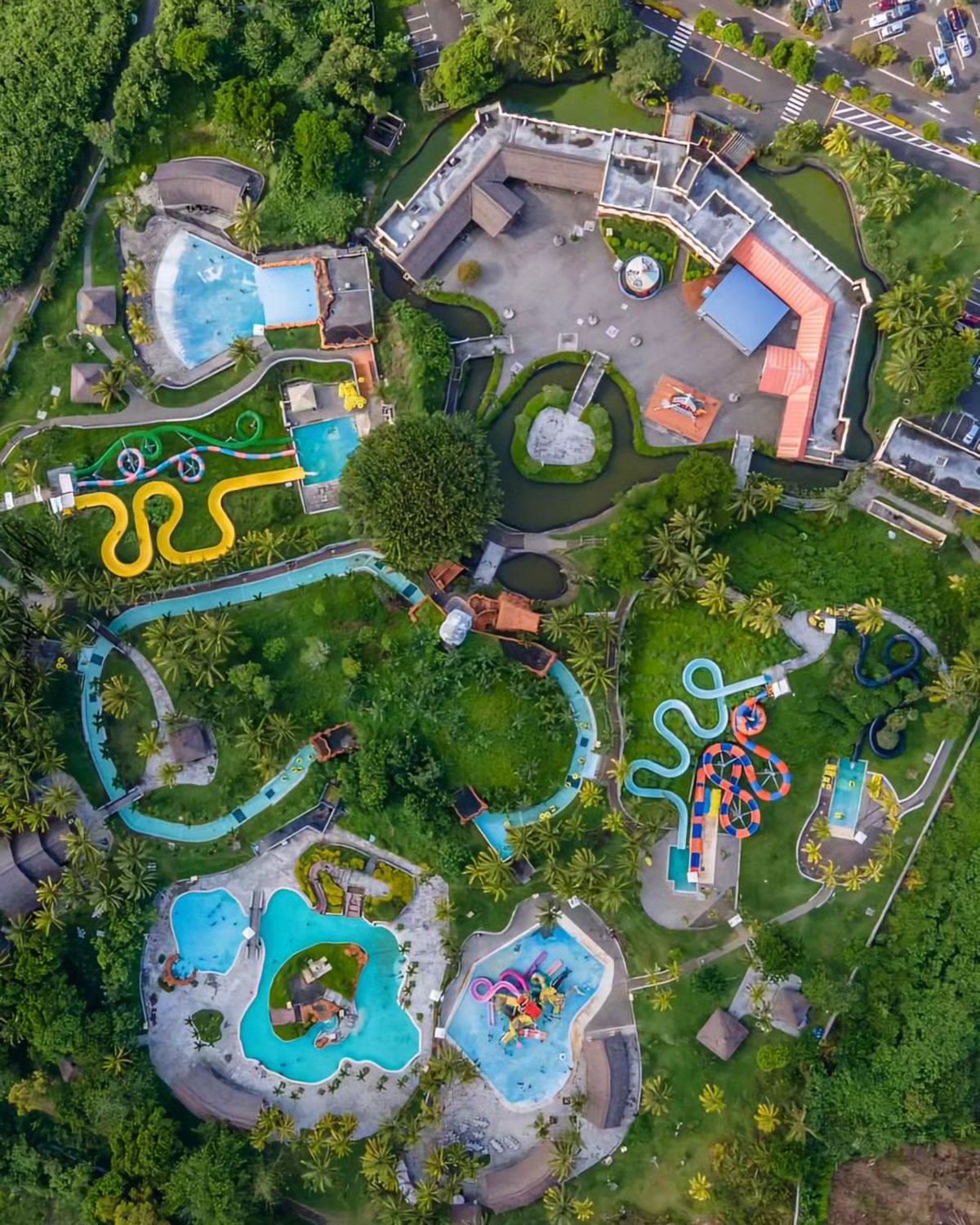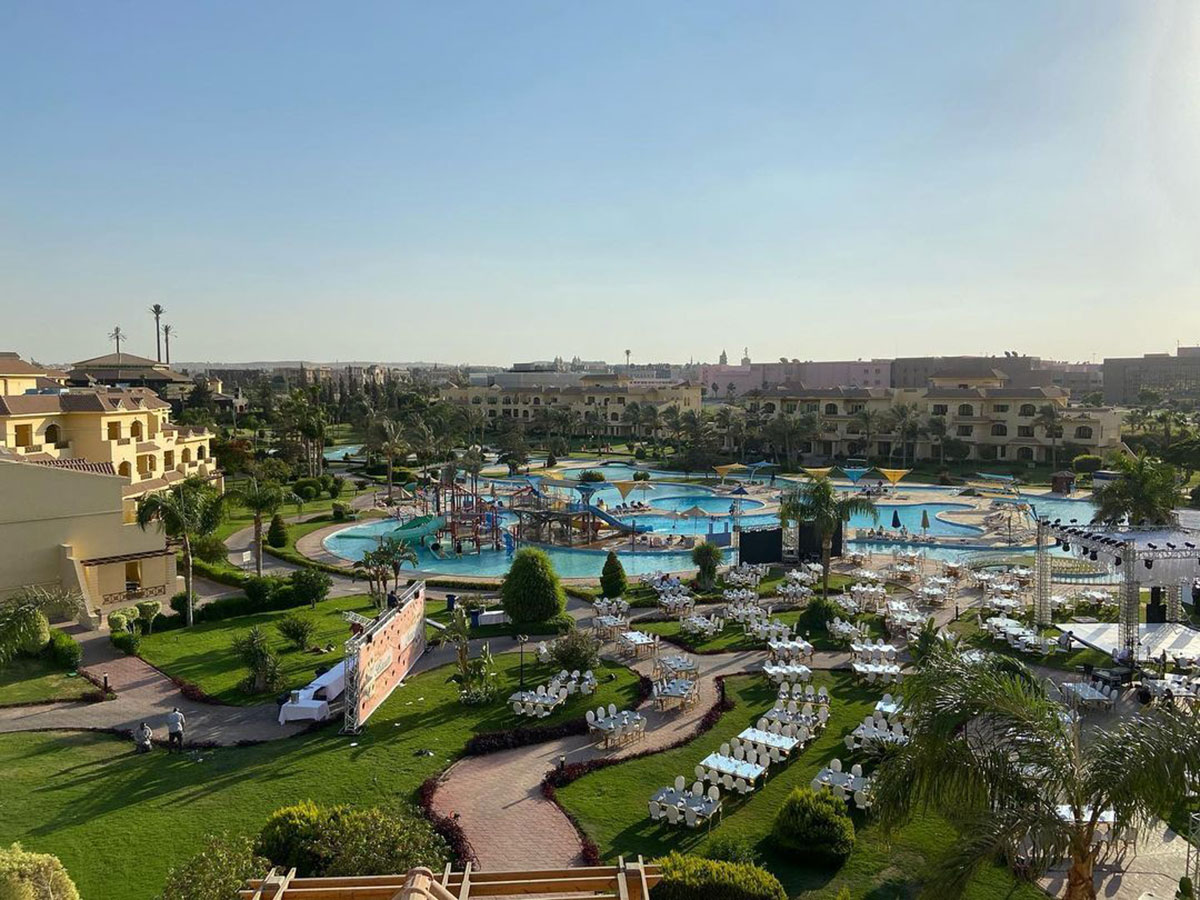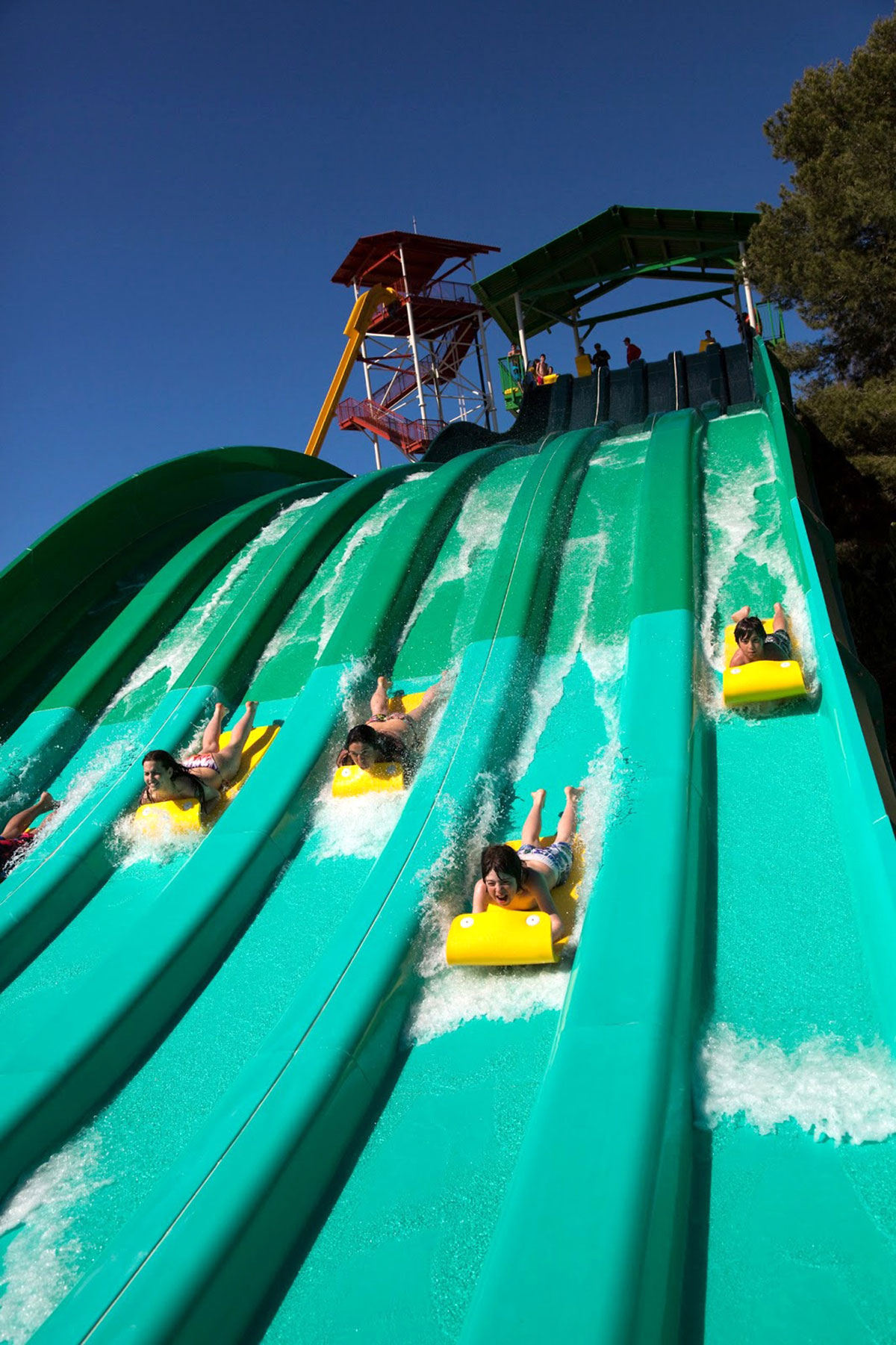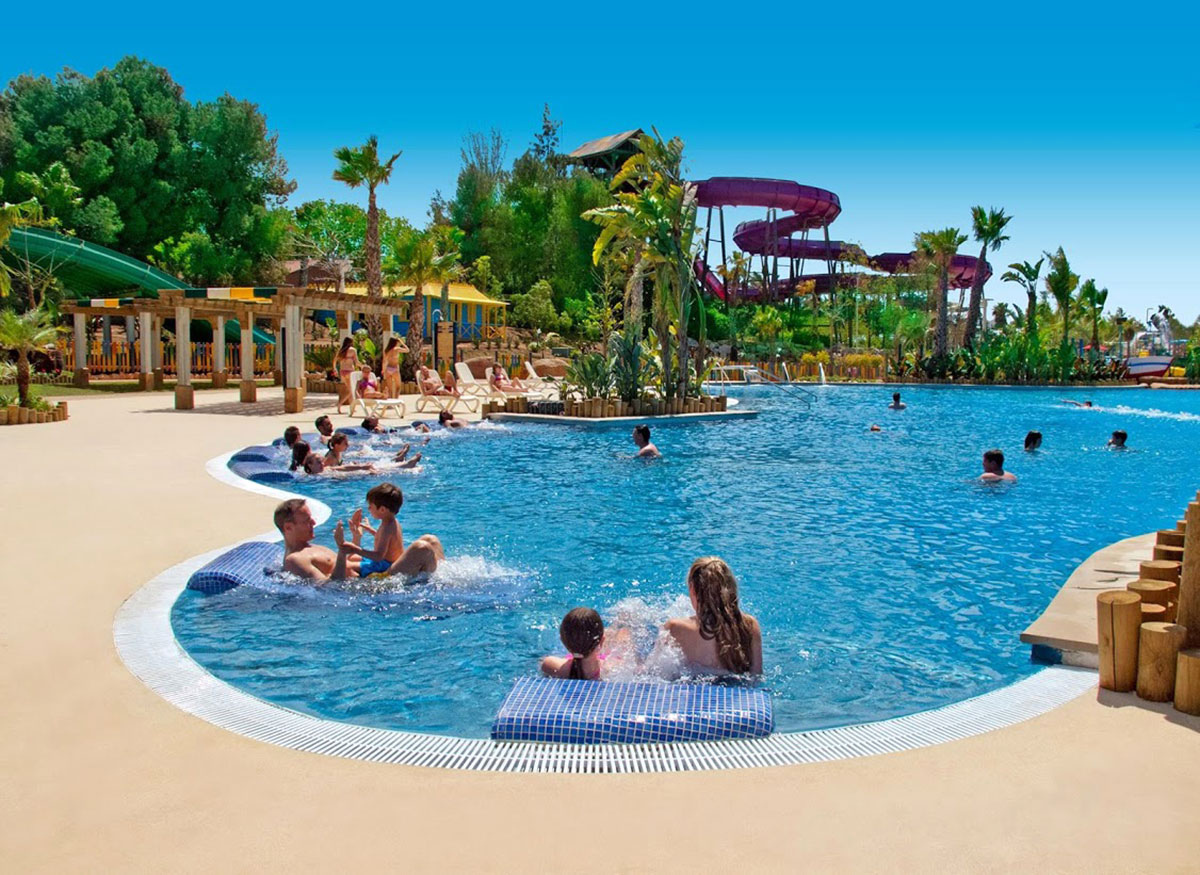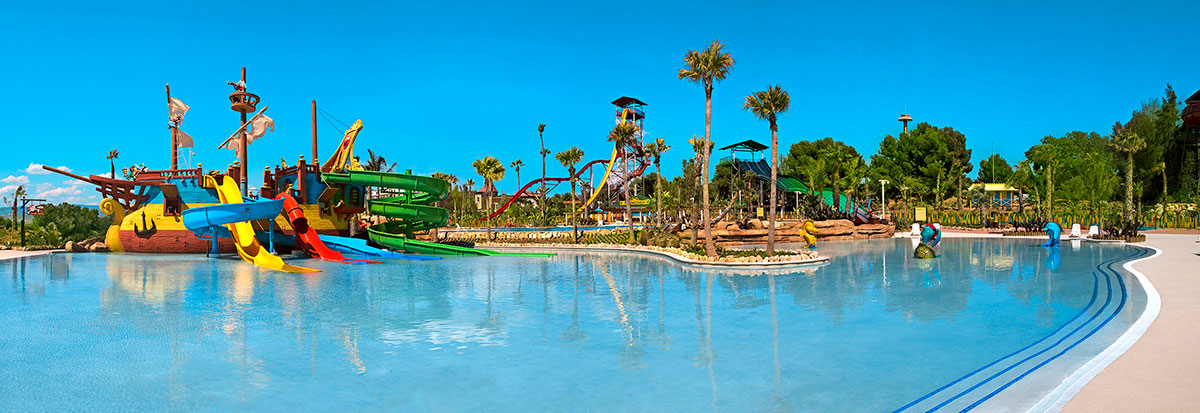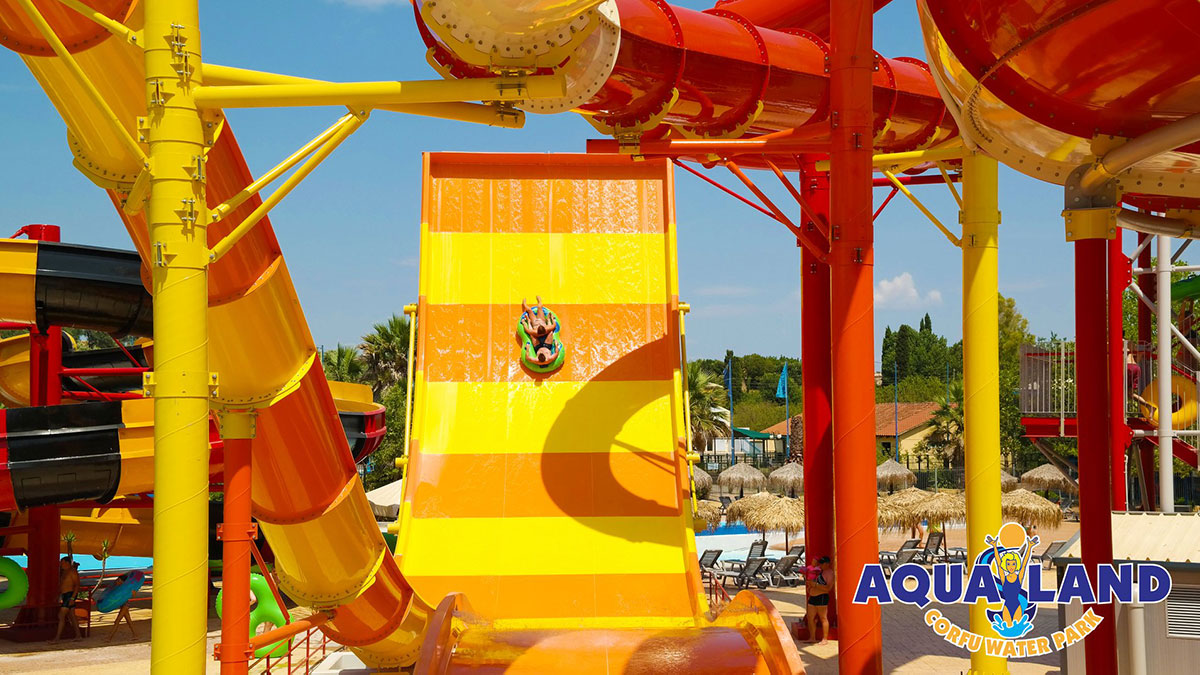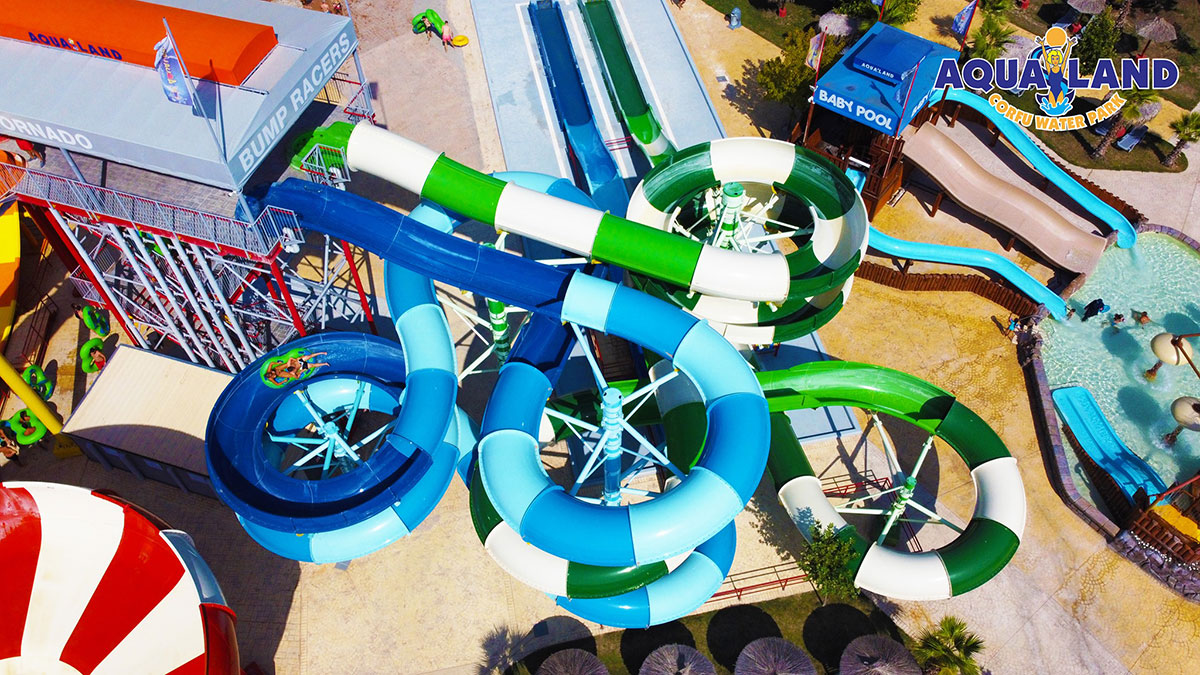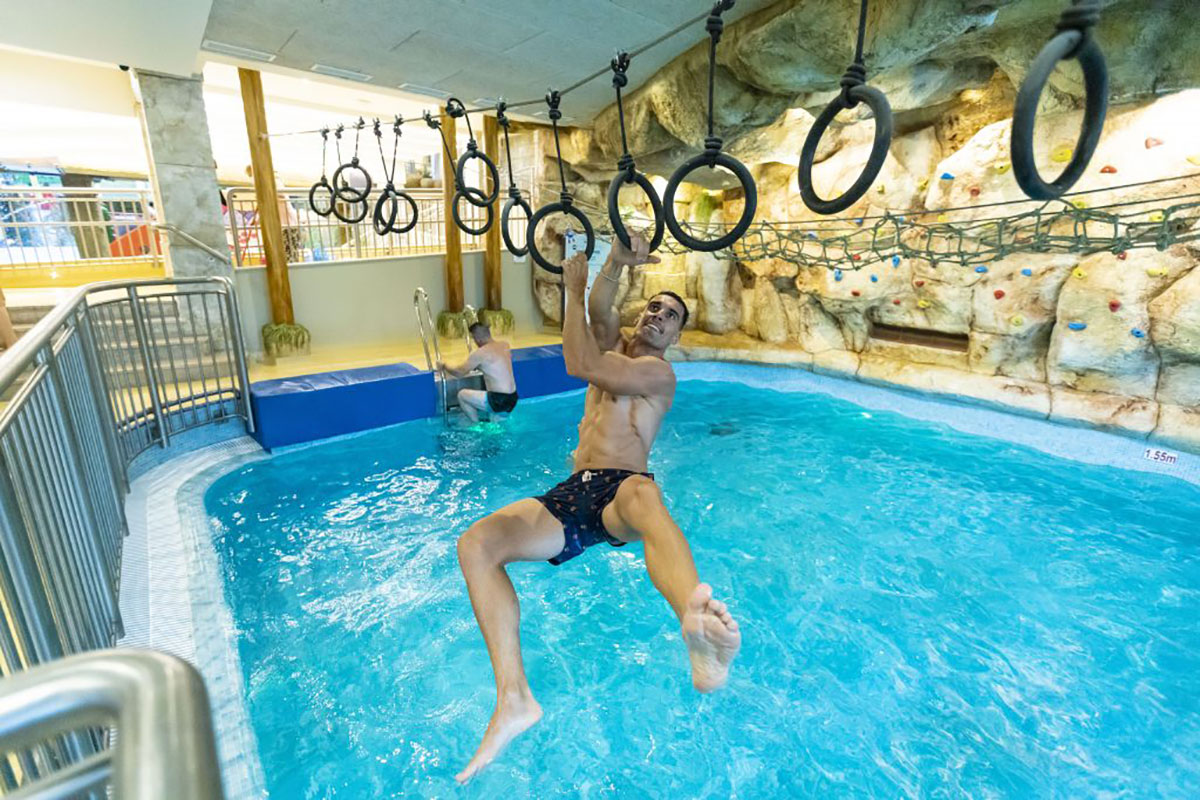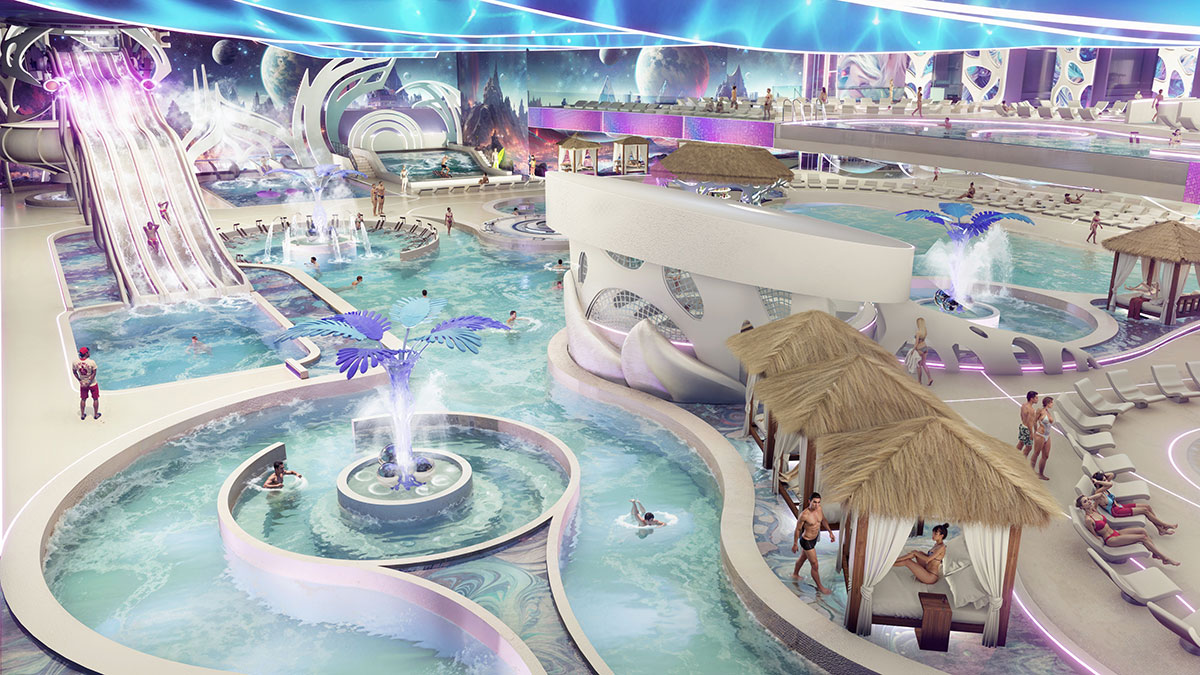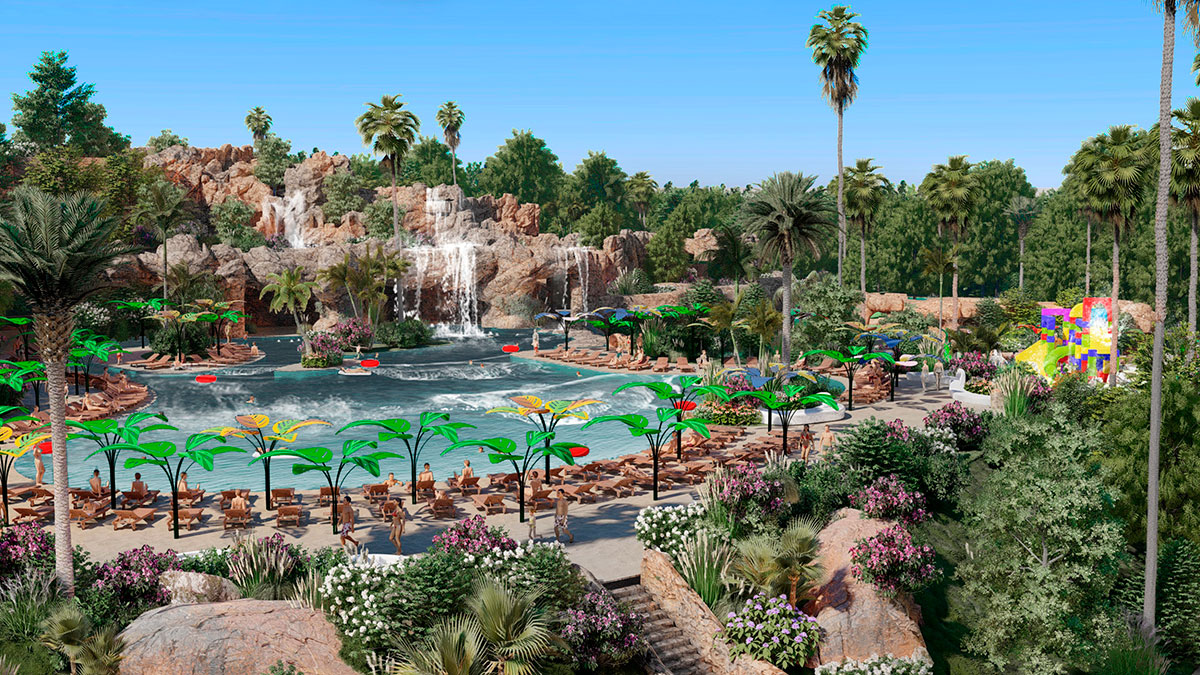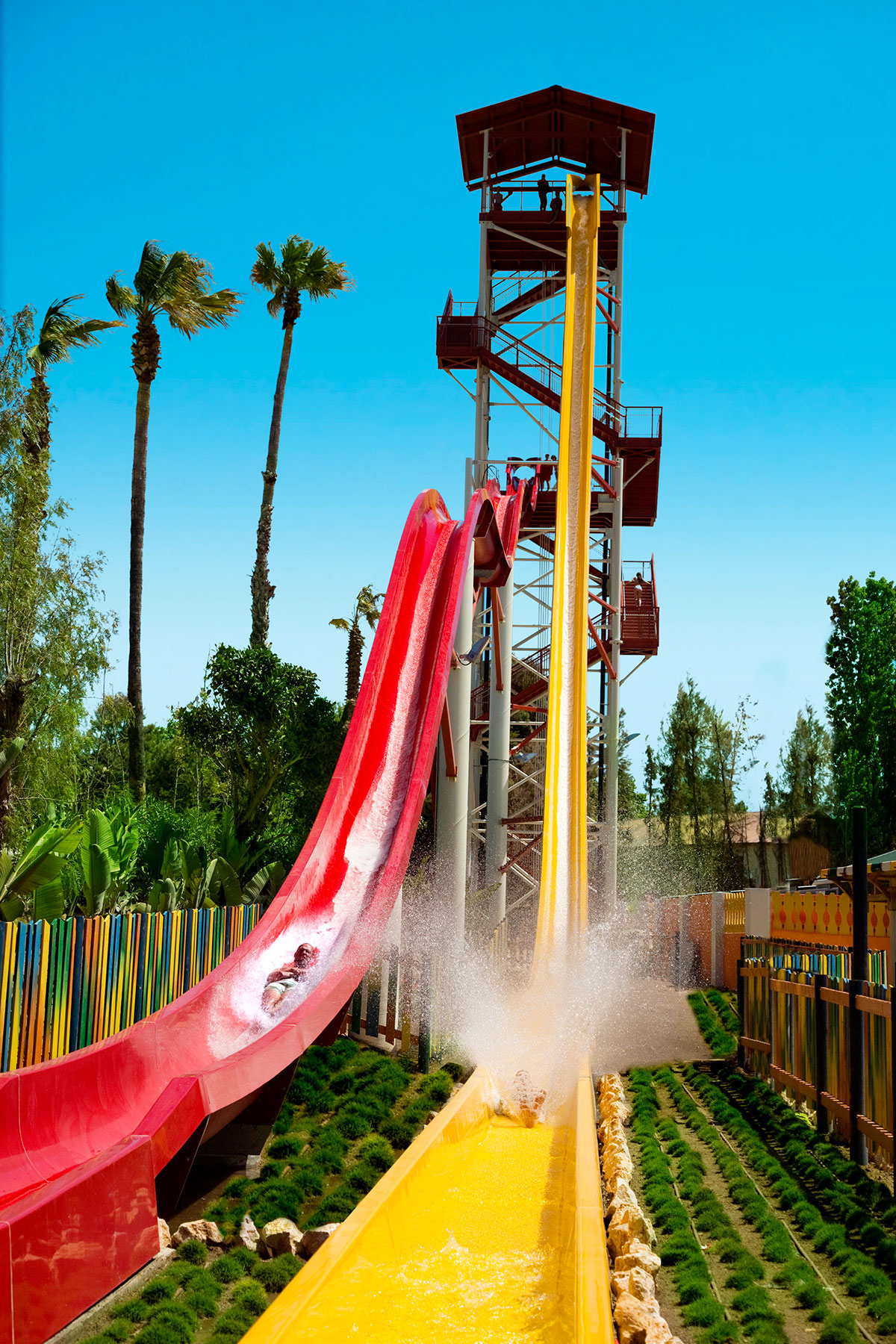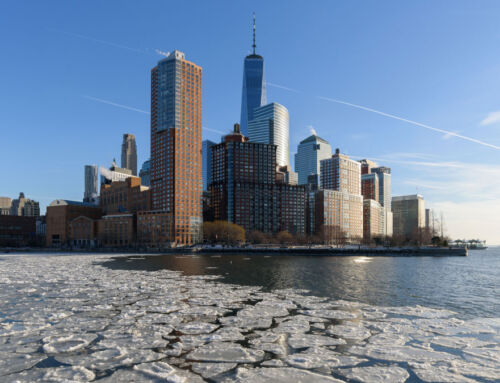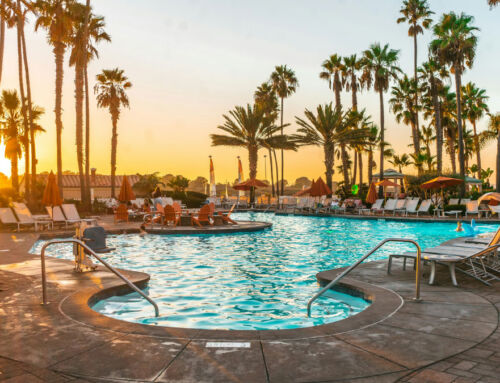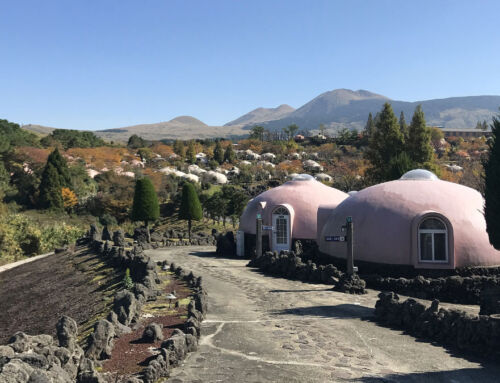When we think of a water park, the first images that come to mind are probably those of its aquatic attractions, in other words, the slides, wave pools, lazy rivers, etc. Although these are the most relevant ones for it to function and operate correctly, as well as for a seamless and comfortable experience for visitors, a series of intermediate spaces are necessary. The design of these is as important to this objective, as the design of the attractions is to arouse emotions. After all, both serve the profitability of the water park.
Rest areas in water parks
Rest areas in water parks are part of the spaces between attractions that require careful design. Here, families can put their feet up, under parasols, on comfortable loungers that invite them to extend their stay a little longer. The design of these areas should provide generous shading, hydration points and hammocks. In that way, hours-long visits extend indolently into a whole day of fun and relaxation.
Catering areas in water parks
What would an exciting day at a water park be without the pleasure of an ice cream or a family meal? Restaurants and terraces, which are also part of the intermediate spaces in water parks, must offer varied gastronomic spaces, themed according to their general narrative and, of course, of quality. This will improve visitor satisfaction and, on the operational side, increase the average spend per person.
Commercial and merchandising areas in water parks
Shops are also relevant spaces between water attractions. A towel or a T-shirt with the water park logo, a cuddly toy of your mascot and other objects and souvenirs will be silent ambassadors in homes around the world, when visitors and tourists return with them from their holidays. Therefore, an integrated design of the shopping area of a water park makes shopping the ultimate experience of the day.
Dry play areas in water parks
Visitors to a water park sometimes look for non-aquatic entertainment, depending on the weather, or their moods. For this reason, dry playgrounds broaden the available activities and, consequently, the target audience. For example, such areas allow families with children to find forms of entertainment outside of swimming pools and water attractions that are inaccessible to them.
Garden areas and landscaping in water parks
Gardens, ponds and/or ornamental fountains, flowering trees, flower-lined paths… These are the elements of green areas in water parks. Landscaping is not simply a decorative aspect of a water park, but is part of the perception it produces in visitors. In that sense, it has an almost physical as well as a psychological effect on them. After all, green spaces reduce stress, dampen noise and provide natural shade that is just as refreshing as the swimming pools.
VIP areas in water parks
First-class areas offer a luxurious retreat among the bustling attractions of a water park. Loungers with waiter service, private cabanas with exclusive showers or even open-air spas with a range of special treatments provide more affluent visitors with options to suit their status. These areas broaden the socio-economic spectrum of the target audience. Consequently, they attract additional income and improve the quality perception of the more demanding customers.
As you can see, an integrated design of these inter-attraction spaces prepares visitors for a long and rewarding day of thrills and experiences in a water park.
By Ángel Ibáñez Pérez, Senior MEP Engineer at Amusement Logic’s Architectural Dept.


